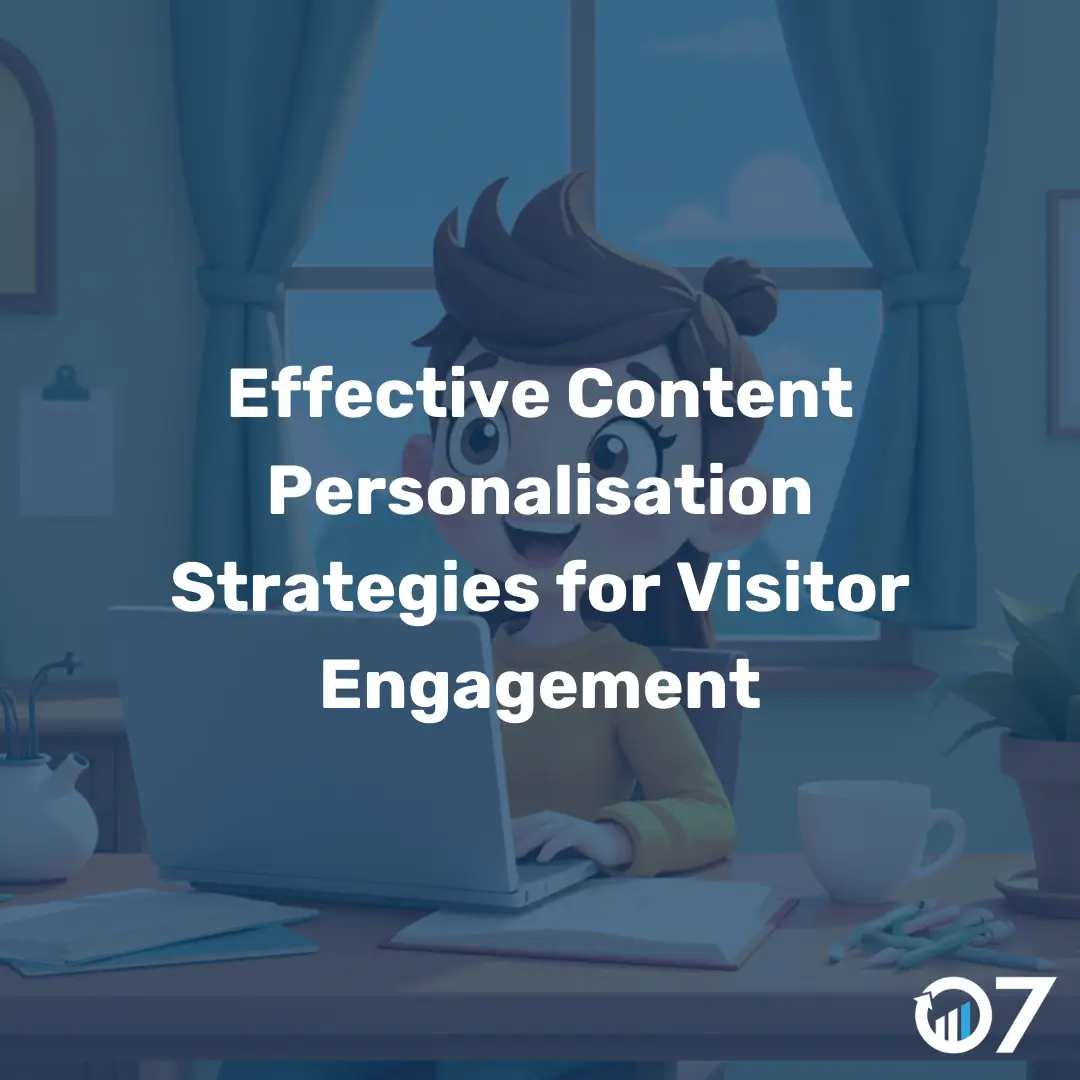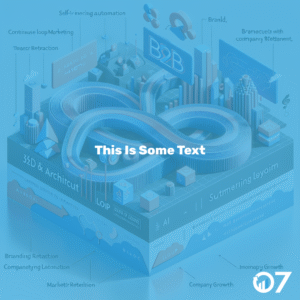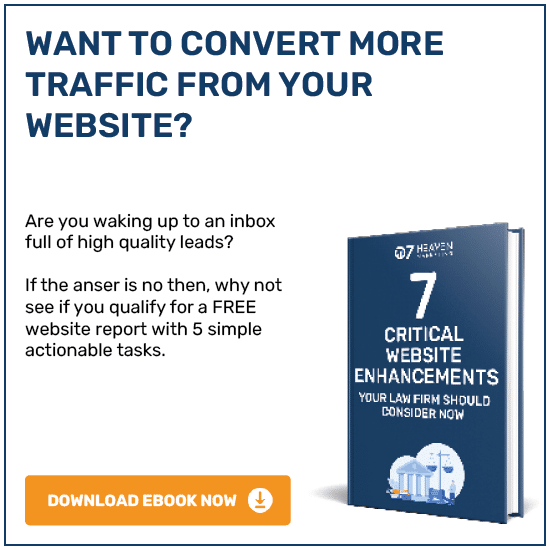Content personalisation strategies can significantly boost visitor engagement by delivering tailored experiences. Imagine opening YouTube, Amazon, or Airbnb with a friend and seeing completely different content.
For me, it might be Shark Tank videos, laptop cases, and rentals in Italy. You’d see content that matches your interests, making you more likely to spend time on those sites or make a purchase. This is the power of effective content personalisation.
Why Content Personalisation Matters
In today’s digital age, users are bombarded with information. Personalised content cuts through the noise and speaks directly to individual preferences. This not only enhances user experience but also increases engagement and conversion rates.
Boosting User Engagement
When visitors see content that resonates with their interests, they are more likely to stay longer on your site. This increased engagement can lead to higher conversion rates and customer loyalty.
Improving Conversion Rates
Personalised content can guide users through the buyer’s journey more effectively. By presenting relevant information at the right time, you can nudge visitors towards making a purchase or taking desired actions.
Strategies for Effective Content Personalisation
1. Leverage Data and Analytics
Data is the backbone of content personalisation. By analysing user behaviour, preferences, and demographics, you can create detailed user profiles. This information helps in delivering tailored content that meets individual needs.
2. Segment Your Audience
Segmentation involves dividing your audience into smaller groups based on specific criteria such as age, location, interests, or behaviour. This allows you to create targeted content for each segment, enhancing relevance and engagement.
3. Use Dynamic Content
Dynamic content changes based on user interactions and preferences. For instance, an e-commerce site can show different product recommendations to different users based on their browsing history and purchase behaviour.
4. Implement Behavioral Targeting
Behavioural targeting involves tracking user actions on your site and using this data to deliver personalised content. For example, if a user frequently visits a particular category, you can highlight related products or articles.
5. Personalise Email Marketing
Email personalisation goes beyond using the recipient’s name. By segmenting your email list and sending tailored content based on user preferences and behaviour, you can significantly improve open and click-through rates.
Tools for Content Personalisation
1. Customer Relationship Management (CRM) Systems
CRM systems like Salesforce or Zoho CRM help in managing customer data and interactions. They provide valuable insights that can be used for content personalisation.
2. Marketing Automation Platforms
Platforms like Marketo or Mailchimp offer automation tools that can deliver personalised content based on user behavior. These tools help in creating targeted campaigns and tracking their effectiveness.
3. Personalisation Engines
Personalisation engines like Optimizely or Dynamic Yield use machine learning algorithms to deliver personalised experiences. They analyse user data in real-time to provide relevant content and recommendations.
Challenges in Content Personalisation
1. Data Privacy Concerns
With increasing concerns about data privacy, it’s crucial to handle user data responsibly. Ensure compliance with regulations like GDPR and be transparent about data usage.
2. Balancing Personalisation and Privacy
While personalisation enhances user experience, it’s essential to respect user privacy. Avoid being overly intrusive and provide options for users to control their data.
3. Maintaining Data Accuracy
Accurate data is vital for effective personalisation. Regularly update and clean your data to ensure its accuracy and relevance.
Future Trends in Content Personalisation
1. AI and Machine Learning
Artificial intelligence and machine learning are transforming content personalisation. These technologies can analyse vast amounts of data and deliver highly personalised experiences in real-time.
2. Predictive Analytics
Predictive analytics uses historical data to predict future behaviour. This can help anticipate user needs and deliver proactive content.
3. Hyper-Personalisation
Hyper-personalisation goes beyond basic personalisation by using advanced data analytics and AI to deliver extremely tailored experiences. This trend is expected to grow as users demand more relevant and timely content.
Content Personalisation Strategies Conclusion
Effective content personalisation strategies are crucial for engaging visitors and driving conversions. By leveraging data, segmenting your audience, and using the right tools, you can create personalised experiences that resonate with your users.
Stay ahead of the curve by embracing future trends like AI and predictive analytics. Remember to balance personalisation with privacy to build trust with your audience.
For more insights on content personalisation strategies, visit our blog or contact us via email at info@07hm.co.uk or telephone 01702 410663.





